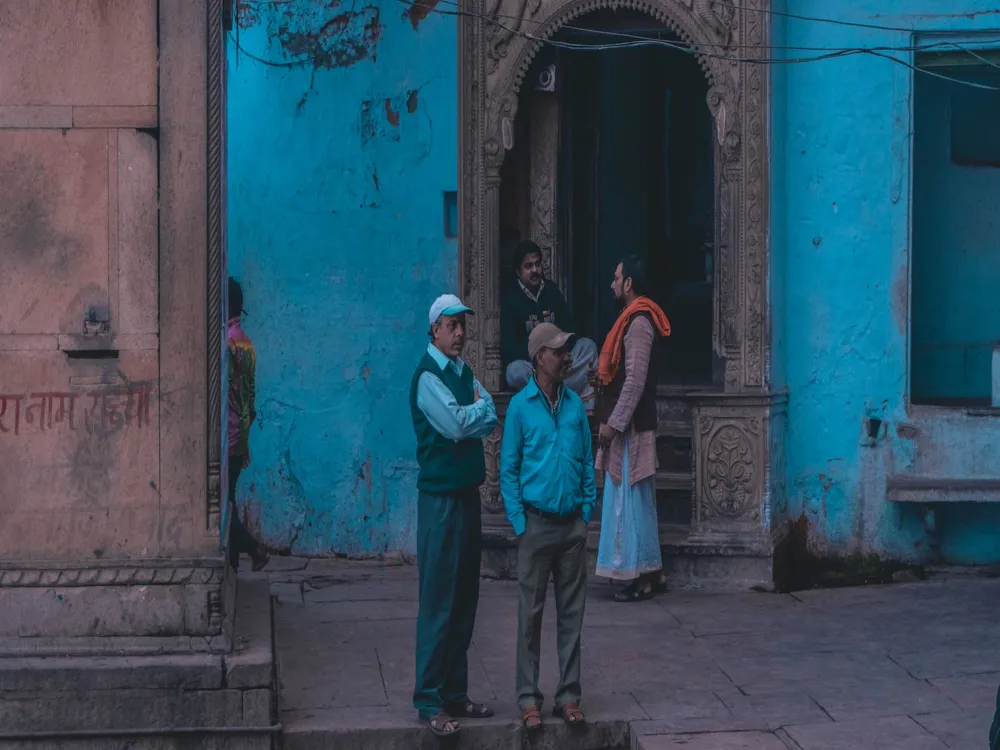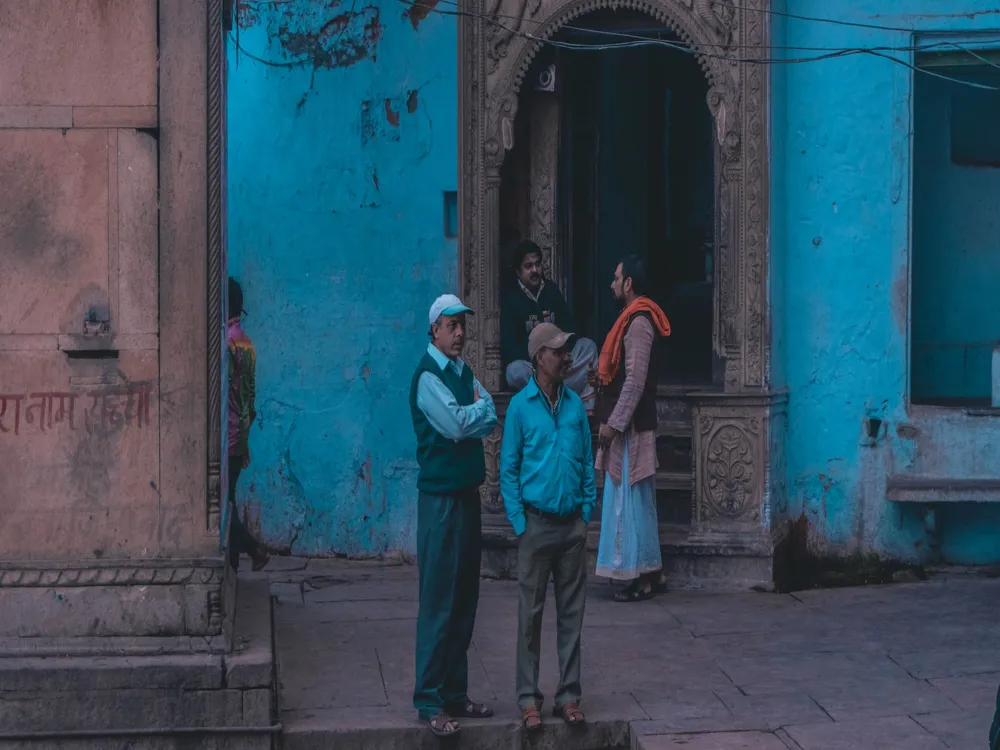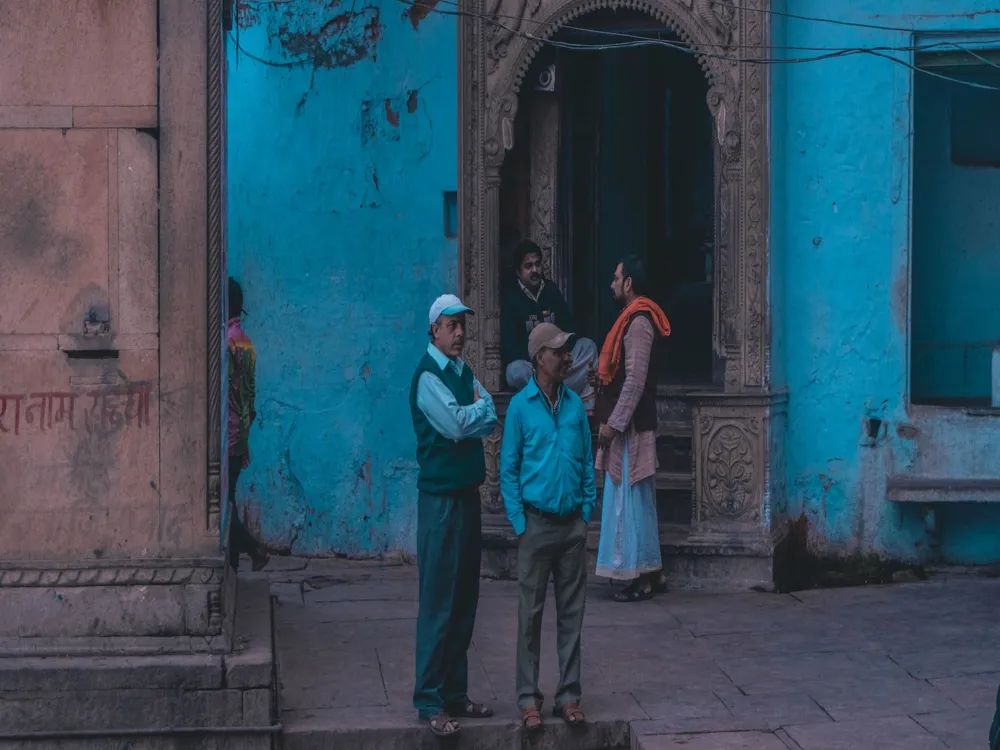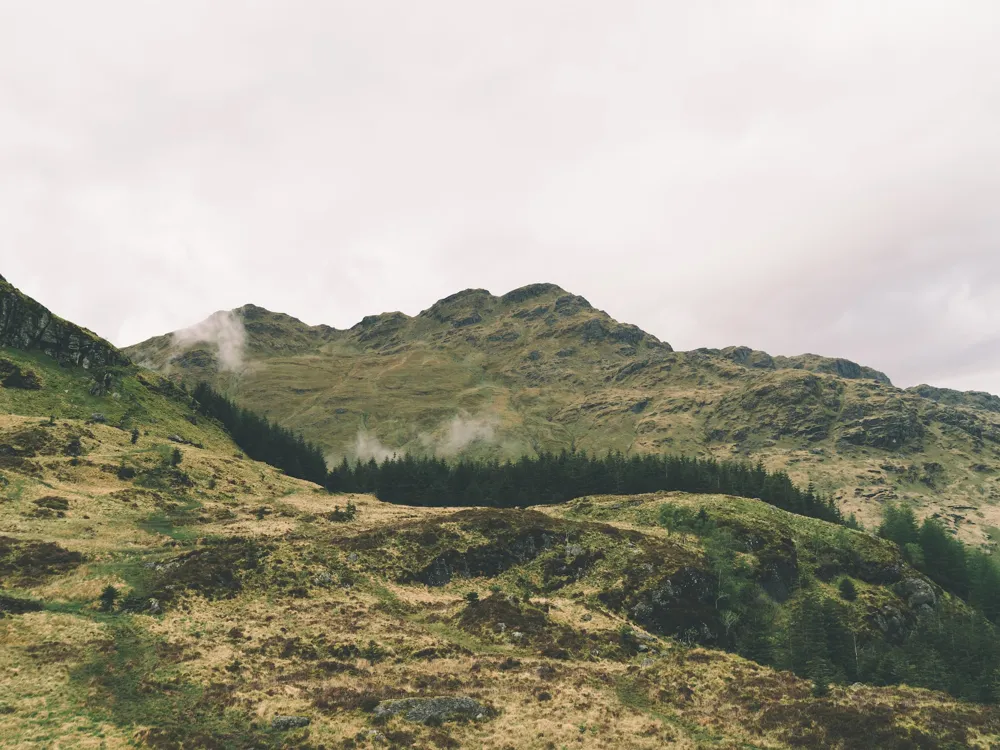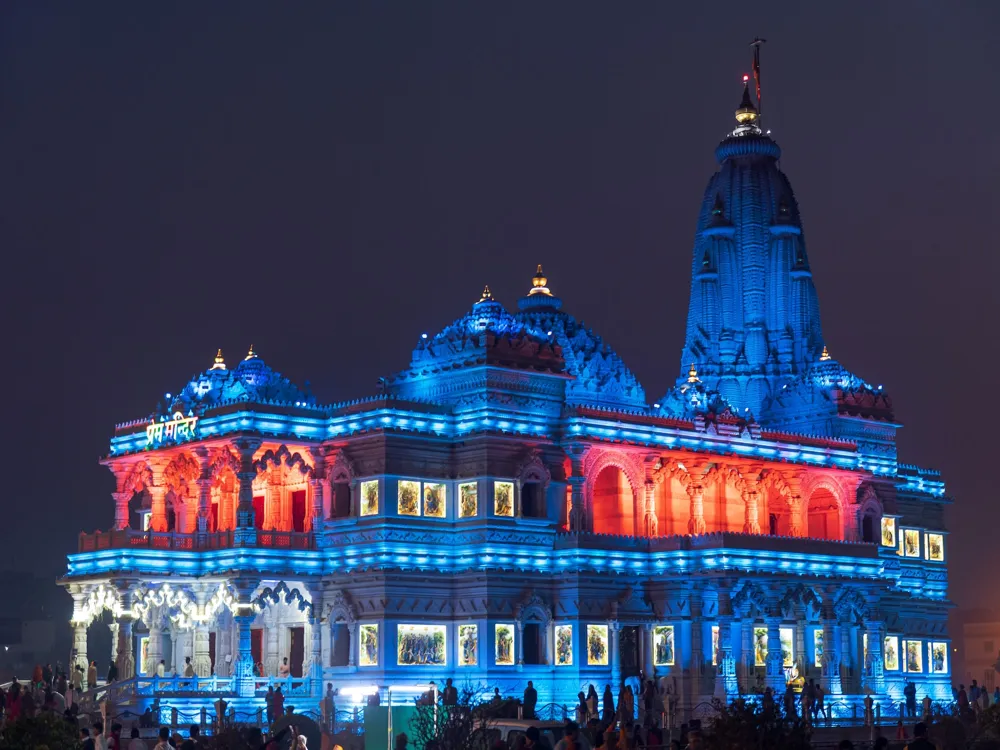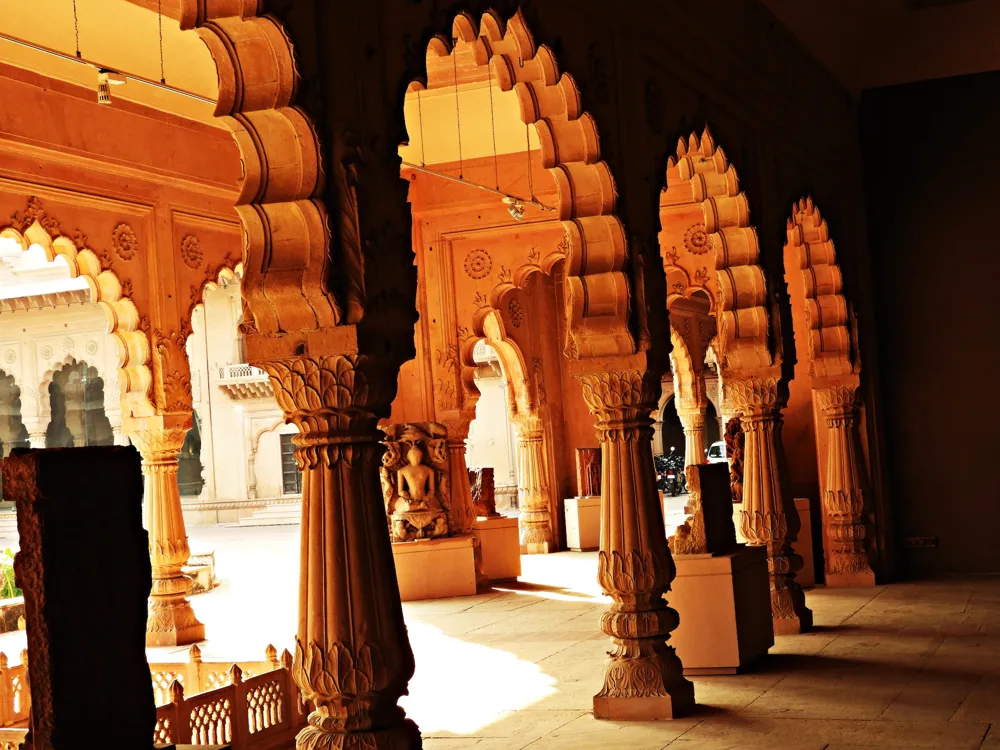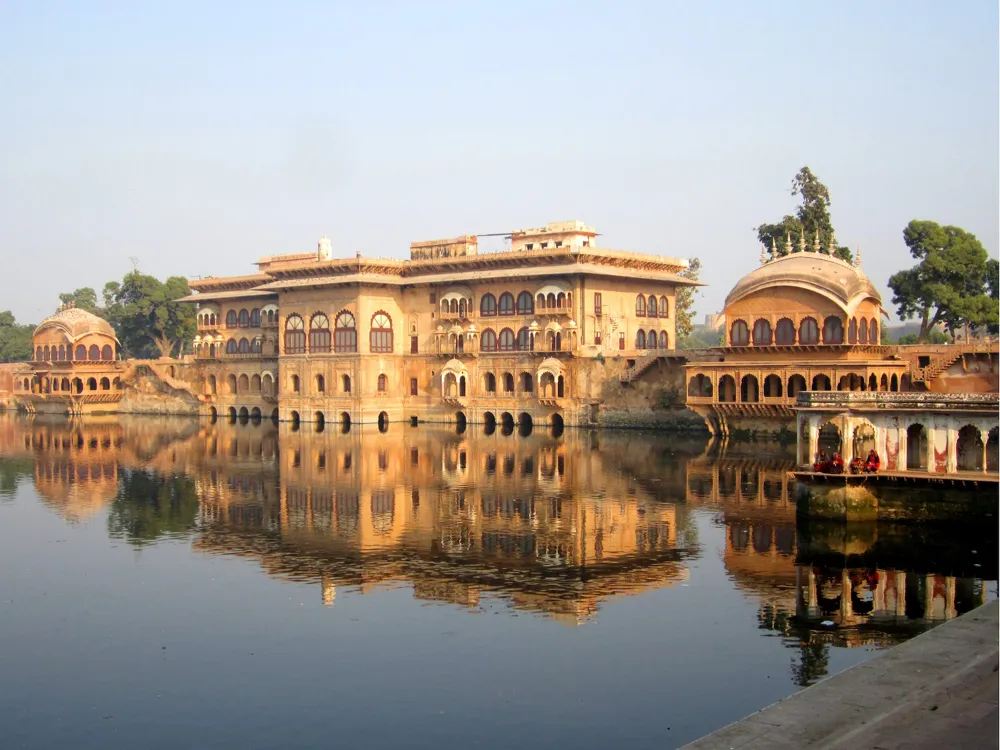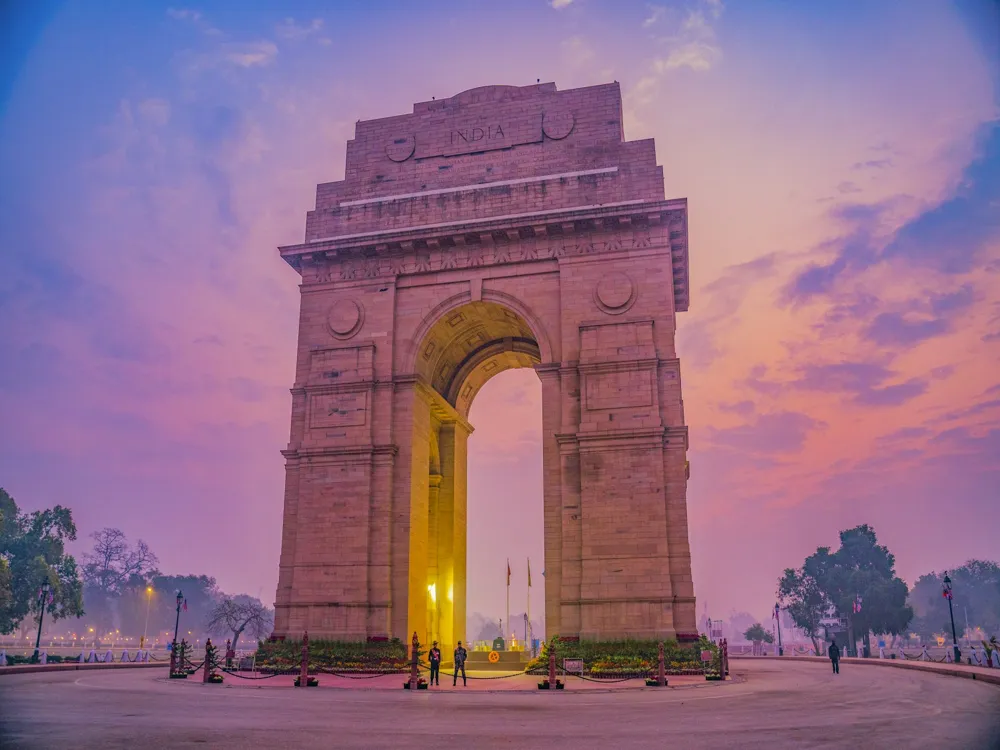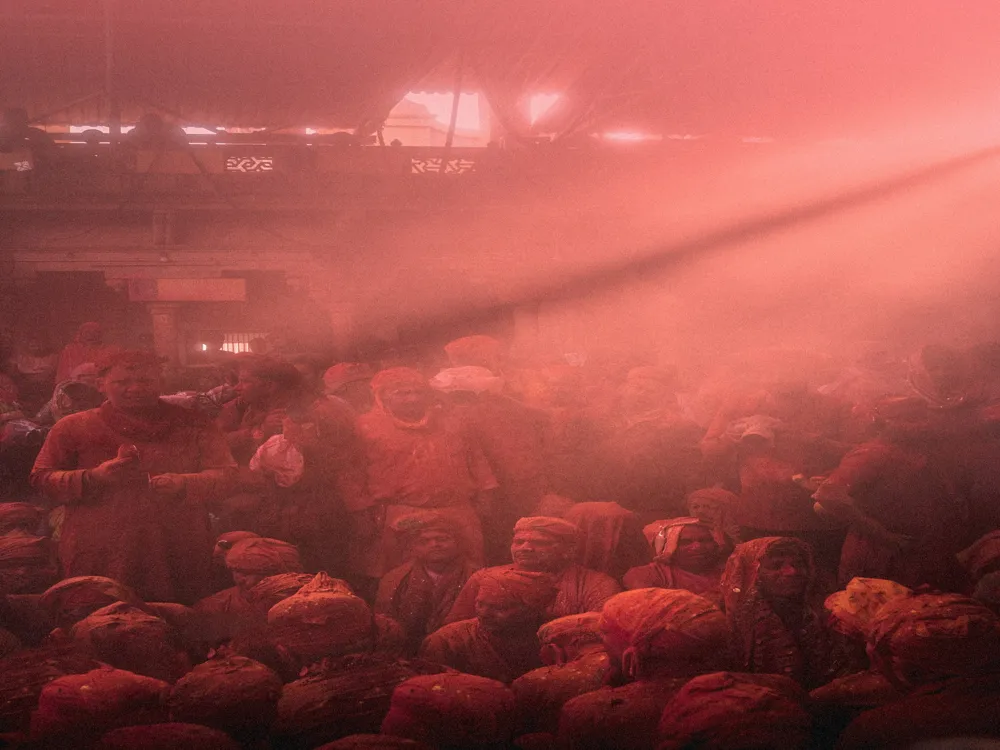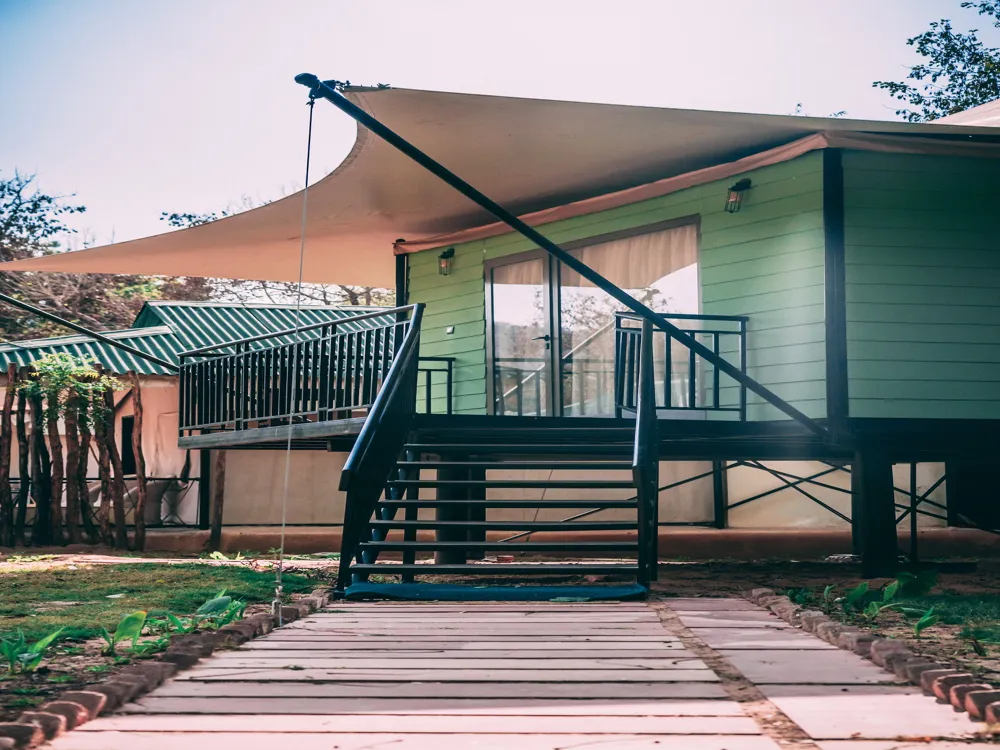Kokilavan, located in the enchanting land of Mathura in Uttar Pradesh, India, is a place steeped in mythological significance and natural beauty. Known for its deep connection with Hindu mythology, particularly with Lord Krishna, Kokilavan is a serene and spiritually uplifting destination. The site is renowned for the Shani Dev Temple, dedicated to Lord Shani, a prominent deity in Hinduism known for his role in administering justice. This tranquil location is nestled amidst lush greenery, offering a peaceful retreat from bustling city life. Visitors to Kokilavan are often mesmerized by its mystical charm, whose roots are deeply embedded in the stories of Lord Krishna's childhood exploits. As part of the Braj Bhoomi, the region where Lord Krishna spent his early years, Kokilavan holds a special place in the hearts of devotees and tourists alike. It offers a unique blend of spiritual ambiance, historical significance, and natural beauty, making it a must-visit destination for those exploring the cultural and religious heritage of India. The architecture of Kokilavan is a beautiful amalgamation of traditional Indian styles with a specific emphasis on Vastu Shastra, the ancient Indian science of architecture and building. The Shani Dev Temple, the centerpiece of Kokilavan, showcases intricate carvings and detailed workmanship that reflect the skills of the artisans of yesteryear. The temple structure is an exquisite example of North Indian temple architecture, characterized by its towering spire, elaborately decorated facade, and the sanctum sanctorum housing the idol of Lord Shani. The temple's exterior is adorned with a plethora of sculptural embellishments depicting various deities and mythological scenes. These sculptures not only add to the aesthetic appeal of the temple but also serve as a medium of storytelling, narrating tales from ancient scriptures. The use of locally sourced materials in construction, such as sandstone and marble, has given the temple a distinctive appearance while blending harmoniously with the natural surroundings. The interior of the temple is equally captivating, with its serene ambiance, accentuated by the flickering oil lamps and the fragrance of incense. The main hall of the temple, where devotees gather for prayers and rituals, features detailed frescoes and paintings depicting scenes from the life of Lord Shani and other deities. The sanctum, where the idol of Lord Shani is enshrined, exudes a divine aura, with its gold-plated decorations and ornate silver accessories. Surrounding the temple are several smaller shrines and pavilions, each with its unique architectural elements and spiritual significance. The layout of Kokilavan is designed to facilitate a smooth flow of pilgrims, with ample space for gatherings and processions. The integration of natural elements like water bodies and gardens within the temple complex adds to its serene and contemplative environment, making it not just a place of worship but a haven for spiritual rejuvenation. The ideal time to visit Kokilavan is during the cooler months of October to March. The weather during this period is pleasant, making it conducive for exploring the temple and its surroundings comfortably. Additionally, visiting during the festival of Shani Amavasya, a significant event at the Shani Dev Temple, can be a unique and culturally rich experience. Visitors are advised to dress modestly when visiting Kokilavan, keeping in mind the religious sanctity of the place. Traditional Indian attire is recommended, but comfortable and conservative clothing is acceptable. It's also important to maintain a respectful demeanor within the temple premises, including speaking softly and avoiding disruptive behavior. For getting around Kokilavan, local transportation options like autorickshaws and taxis are readily available. These can be hired for a full day for convenience. It's advisable to negotiate the fare in advance to avoid any confusion later. While Kokilavan has limited options in terms of luxury accommodation, there are several budget-friendly hotels and guest houses in the vicinity. For dining, local eateries offer a range of vegetarian dishes, as non-vegetarian food is generally not served in this religious town. Trying the local street food can be a delightful experience. Kokilavan is well-connected by road and is easily accessible from major cities in North India. The nearest major city is Mathura, approximately 20 kilometers away. Visitors can reach Mathura by train or bus from various parts of the country and then hire a taxi or local transport to Kokilavan. For those preferring to drive, the roads leading to Kokilavan are in good condition, offering a scenic and comfortable journey. For international travelers, the nearest airport is in Delhi, from where they can take a train or bus to Mathura and proceed to Kokilavan. Read moreOverview of Kokilavan in Mathura, Uttar Pradesh
The architecture of Kokilavan
Tips for Visiting Kokilavan
Best Time to Visit
Dress Code and Etiquette
Local Transportation
Accommodation and Food
How To Reach Kokilavan
Mathura Tourism
Best Time to Visit Mathura
How to Reach Mathura
Things To Do Mathura
Kokilavan
Mathura
Uttar Pradesh
₹ 8,999 onwards
View mathura Packages
Weather :
Tags : Temple
Parking : Available
Planning a Trip? Ask Your Question
Mathura Travel Packages
View All Packages For Mathura
Top Hotel Collections for Mathura

Private Pool

Luxury Hotels

5-Star Hotels

Pet Friendly
Top Hotels Near Mathura
Other Top Ranking Places In Mathura
View All Places To Visit In mathura
View mathura Packages
Weather :
Tags : Temple
Parking : Available
Planning a Trip? Ask Your Question
Mathura Travel Packages
View All Packages For Mathura
Top Hotel Collections for Mathura

Private Pool

Luxury Hotels

5-Star Hotels

Pet Friendly







